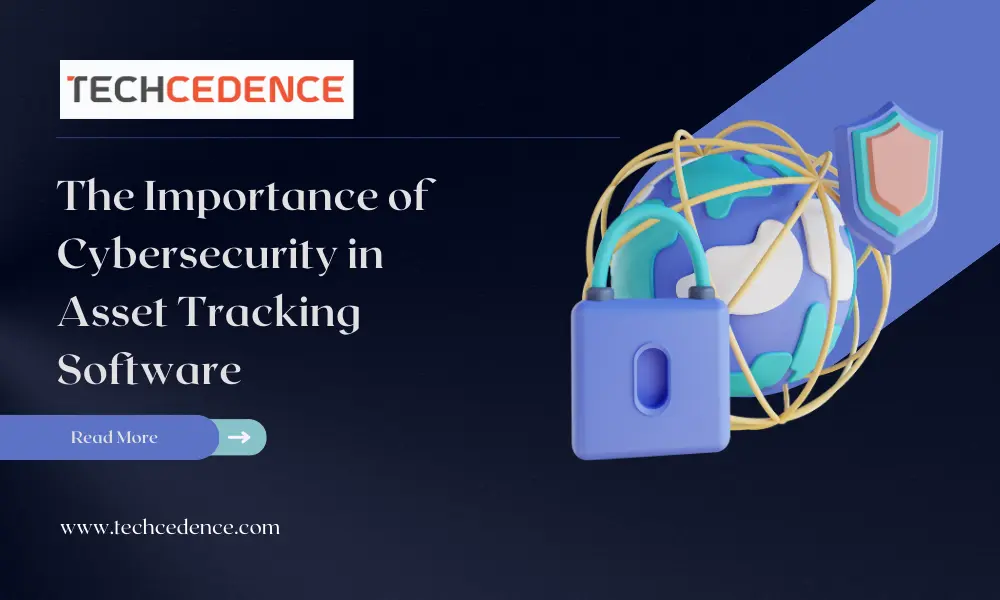
Categories : Product, Technology, Uncategorized
Author : Date : Mar 4, 2024
Cybersecurity asset management is the process of identifying the IT assets that your organization owns and the potential security risks that affect each one on a real-time basis.
Assets can take many forms. They could be traditional devices, such as PCs and servers or they could be specialized IoT, IoMT, IIoT, or OT devices or even software-defined resources, like a cloud-based database or company-owned domains.
Any device, resource or service that exists within the IT estate could be prone to risks and vulnerabilities that lead to a breach of the individual resource or network or if the attackers use one such compromised resource to launch a broader attack.
Cybersecurity in asset management empowers the security team, as well as the business, with the visibility it needs to build comprehensive security strategies that mitigate threats quickly and proactively. This kind of an approach delivers many key benefits:
In the above-mentioned ways, cybersecurity in asset management puts businesses in a much stronger position to identify and react to any possible security risks. Although cybersecurity in asset management is only a component of an effective cybersecurity strategy, it’s not possible to maintain a proactive security operation without cybersecurity in asset management in place in most cases.
Lack of cybersecurity in asset management software solution or asset tracking software, or poor implementation of the same, does not just make security operations more challenging but also creates many critical risks for the business.
The major one among these is a higher risk of business disruptions. If any essential data or systems are made unavailable by any breach, the business may not be able to operate well. Such disruptions will harm the business’s reputation and have serious financial consequences.
Poor asset management in cyber security also makes it extremely difficult to maintain a continuous and accurate inventory of the IT resources that are available. Without knowing what exists in the IT business, you will be left guessing about where the most serious risks lie. Lack of such things is what makes it difficult to deploy security resources efficiently and to respond to such issues when and if they arise.
Also, ineffective cybersecurity in asset management undercuts the security team’s ability to operate efficiently. This makes it difficult to automate the security operations when there is a lack of an accurate listing of which resources or risks exist and instead, left to find and secure devices manually, which makes it a poor use of time and money.
Organizations have been placing little priority on asset management in cybersecurity simply because the tools necessary to automate cybersecurity in asset management processes didn’t exist till a few years back. It also wasn’t practical to maintain real-time and continuous inventories manually as well.
With the rise of automated resource discovery and threat identification tools, cybersecurity in asset management plays a large role in security operations across a variety of verticals in today’s times. It’s critical not just for software and IT businesses, but for all organizations that rely on software and hardware to power its operations.
In manufacturing, asset management helps ensure high-value equipment, such as diagnostics and monitoring systems, and machine sensors, remain secure and free of threats that could disrupt the operations.
Cybersecurity asset management also protects healthcare organizations, which face high rates of ransomware attacks and vulnerabilities that may exist within specialized devices deployed as part of the Internet of Medical Things.
Any enterprise that deploys connected devices to help manage and monitor physical infrastructure, collect business data and extend networks into spaces needs asset management to keep those devices and the business secure and free of threats.